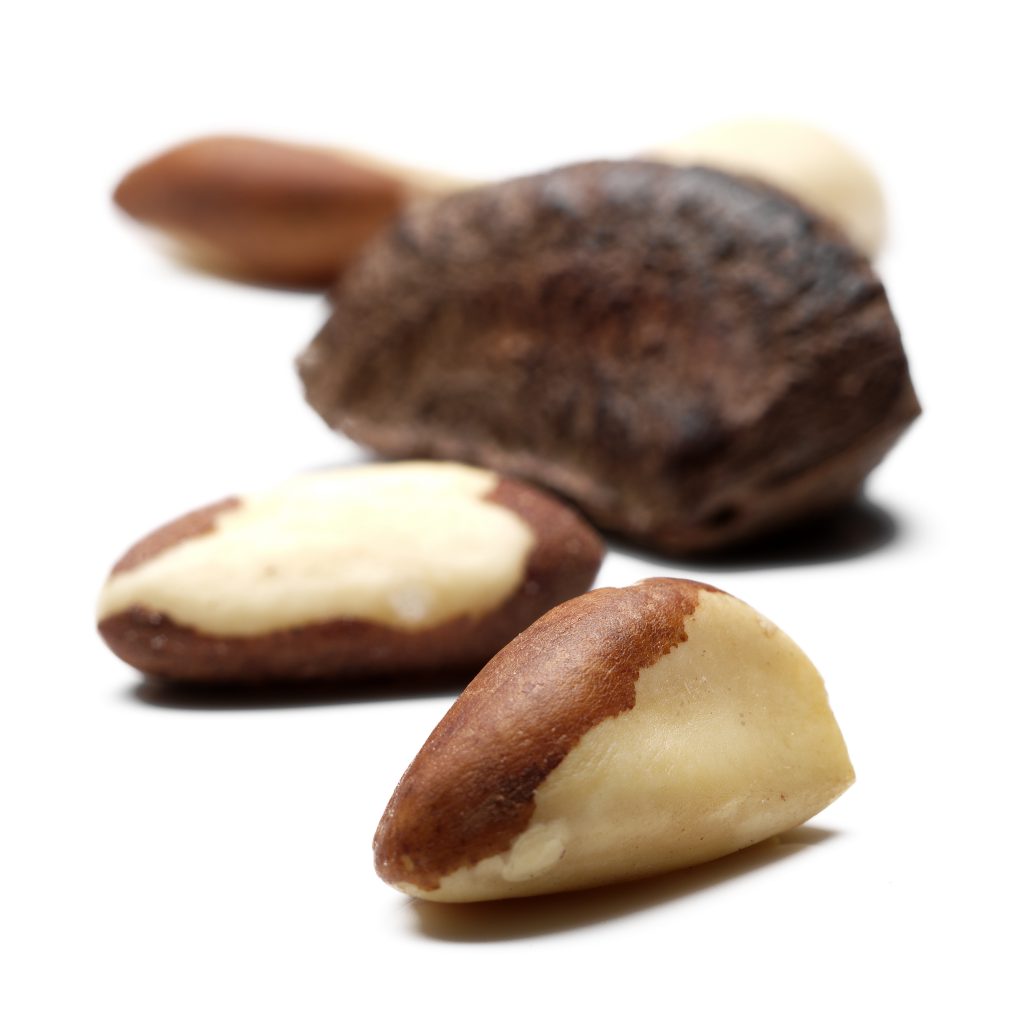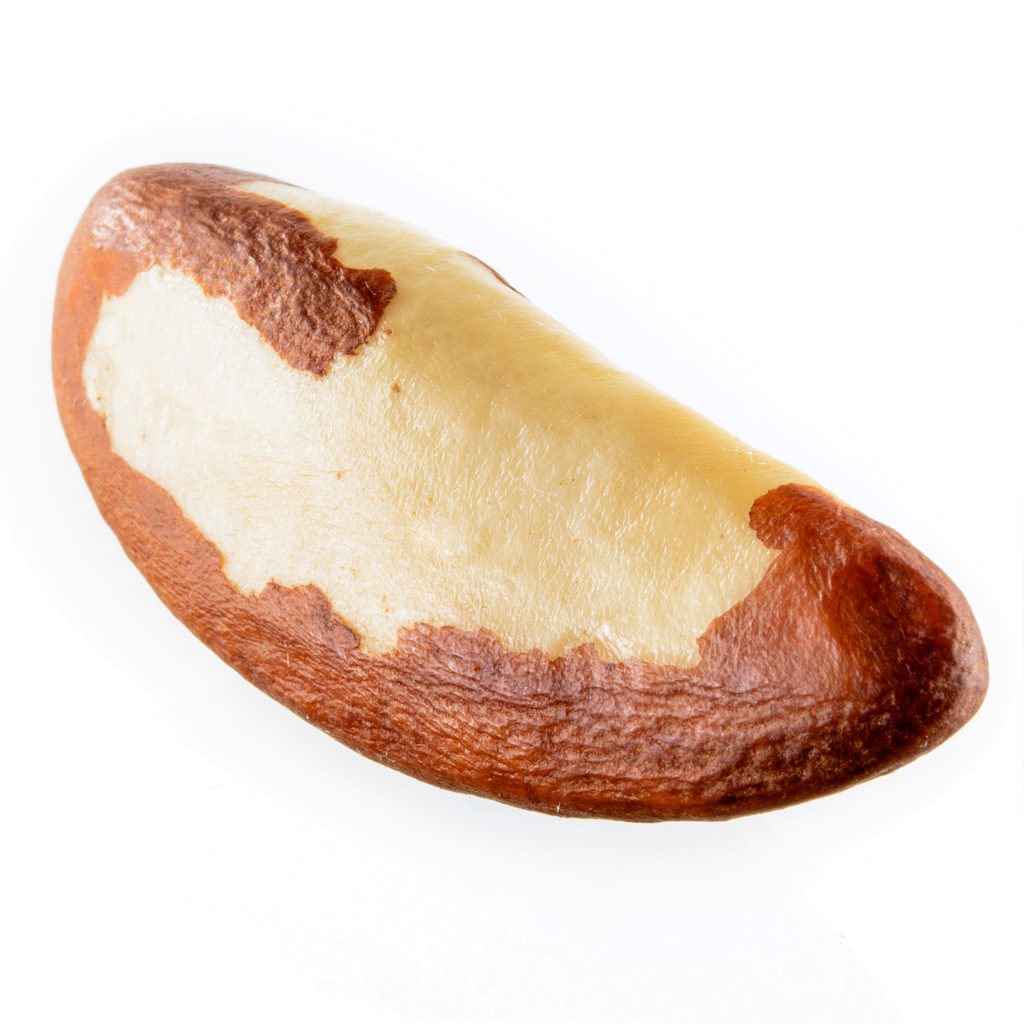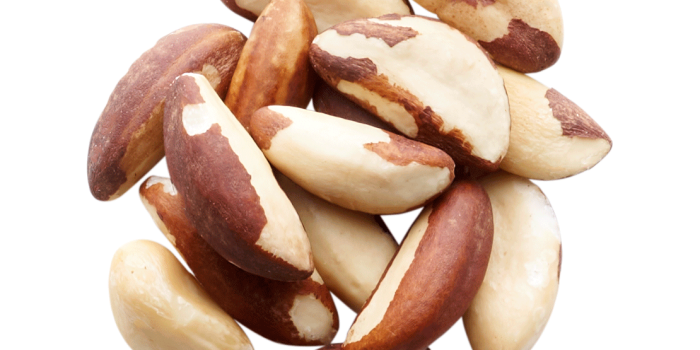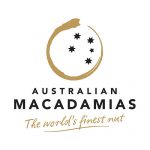Did you know that the Amazonia (Brazil) nut is native to the Amazon and Negro river basins?
The Brazil nut is the most economically important plant product that is harvested sustainably in the Amazonian rain forest. Close to 70% of the world’s supply comes from the Pando region, an area that represents just 3% of the Amazon forest. Also, Bolivia, Peru and Brazil are the main producing countries of Brazil nuts.

Bites of Health
Brazil nuts are high in selenium and vitamin E[1][2], which contribute to the protection of cells from oxidative stress[3]. Cell oxidation is a factor which causes many diseases related to aging and it can affect everybody, so it’s important to protect yourself. In fact, Brazil nuts have got more selenium than any other food on the planet! Just one Brazil nut contains around 96 micrograms of selenium and the recommended daily amount is 55 micrograms per day[4].

Facts and Figures
One of the most curious things about Brazil nuts is that the Brazil nut tree is one of the tallest of the Amazon Basin’s tropical rainforest, reaching up to 50 m in height[5][6]. The fruit of the Brazil nut tree is a large round capsule (10-12 cm in diameter) with a hard-wooden wall containing 10-25 seeds (commonly known as Brazil nuts) and weighing 0.5-2.5 kg[7].
[1] USDA National Nutrient Database for Standard Reference Legacy Release April, 2018.
[2] Regulation (EC) No 1924/2006 of the European Parliament and of the Council of 20 December 2006 on nutrition and health claims made on foods.
[3] Commission Regulation (EU) No 432/2012 of 16 May 2012.
[4] National Institutes of Health (NIH): https://ods.od.nih.gov/factsheets/Selenium-HealthProfessional/
[5] Thomson, C. D., Chisholm, A., McLachlan, S. K., & Campbell, J. M. (2008). Brazil nuts: an effective way to improve selenium status. The American journal of clinical nutrition, 87(2), 379-384.
[6] Martin, R. M., & Killmann, W. (2005). Microfinance and forest-based small-scale enterprises. FAO Forestry Paper, 146.
[7] Clay, J. W., & Clement, C. R. (1993). Selected species and strategies to enhance income generation from Amazonian forests. Rome: Food and agriculture organization of the United Nations.










